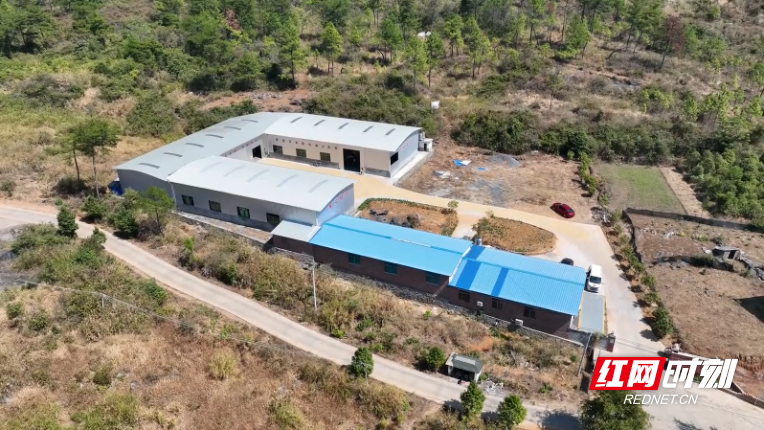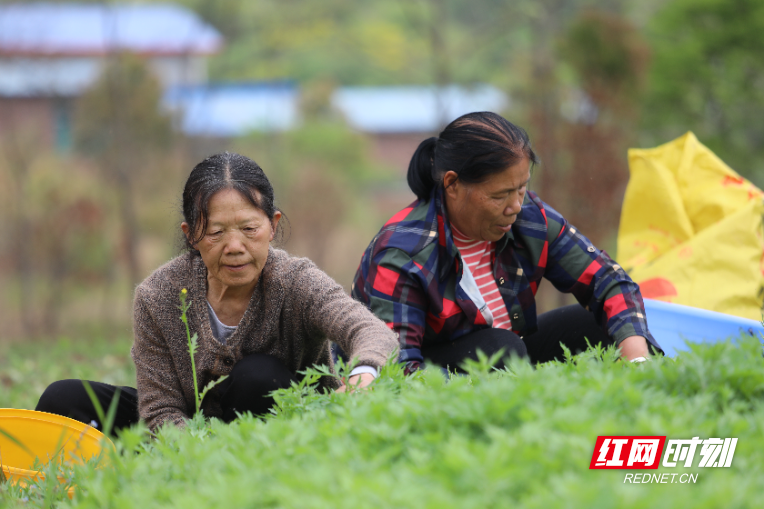Mugwort fattens villagers’ wallets
2025-04-19
Farmers are now busy harvesting mugwort in Caojiaben village of Huangsha town, Yizhang county.

In the mugwort planting base, the lush plants emit a refreshing fragrance, and villagers are harvesting them with sickles in hand.
Most of the villagers are local idle laborers, and they can receive a fixed income from their daily work.
Mugwort can be harvested 3 to 4 times a year. It can be used for both food and medicine. It has the effects of dispelling cold and dampness, warming meridians and stopping bleeding, and it is easy to grow with high added value.

In March 2020, a villager Zhong Yulong introduced high-quality mugwort seeds from Li Shizhen’s (a great Chinese naturalist and pharmacologist in the Ming dynasty) hometown of Qichun county of Hubei province, and developed the planting of mugwort on more than 2,000 (133.33 hectares) of land.
At the same time, he raised more than 3 million yuan to build a nearly 8,000-square-meter mugwort processing plant, producing ten types of health and wellness products such as mugwort pillows, moxa cones, and mugwort leaf bags.

These products sold well in the market through online and offline methods, with an annual output value of more than 16 million yuan. More than 500 villagers from 200 households in the local area have engaged in the entire industry chain of mugwort planting, processing, and sales, with an average income increase of 20,000 yuan per capita. It also brings more than 50,000 yuan in collective economic income for the village every year.
Zhong Yulong said that while strengthening field management, it is also necessary to build a production line for qingtuan, innovate and develop mugwort products to better meet the needs of market customers, and absorb more rural labors through the development of the mugwort industry, thus effectively promoting agricultural efficiency and increasing farmers' income.
Chinese source: rednet




